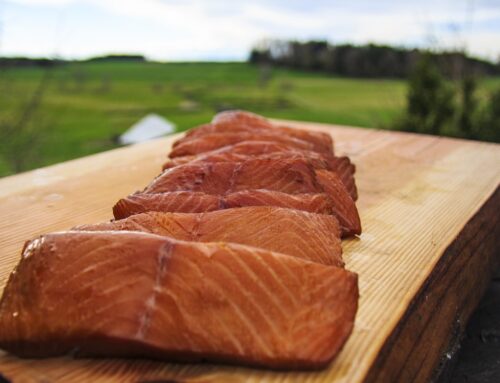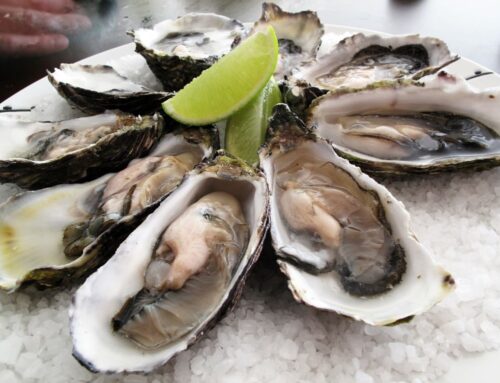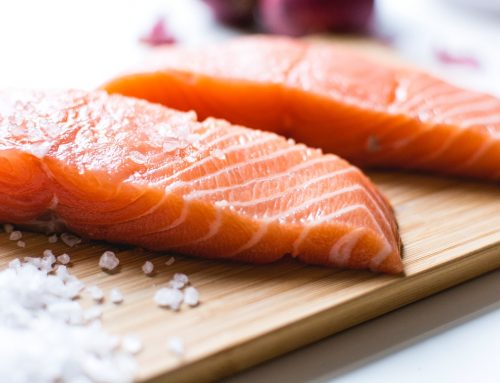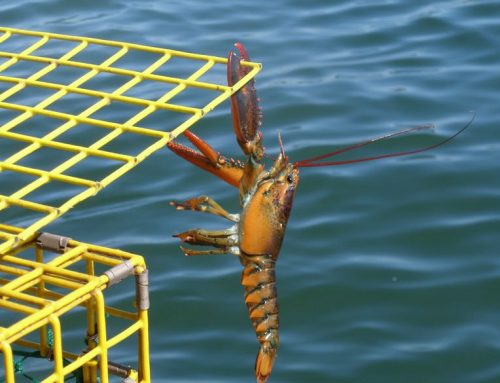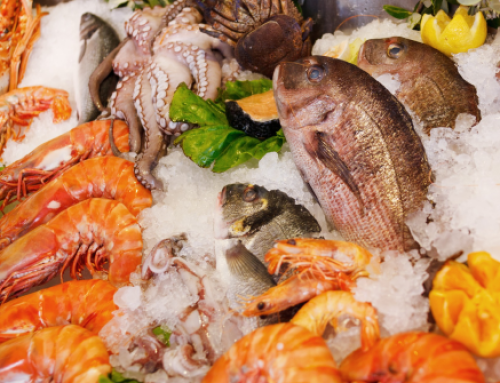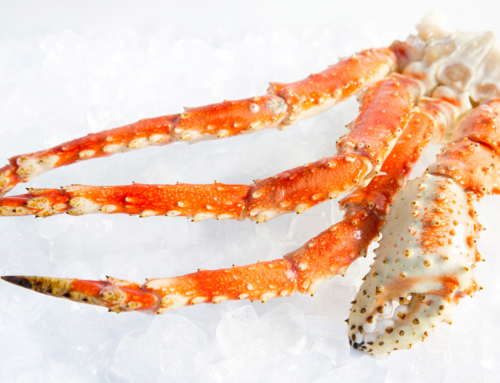Shopping sustainably has been on the rise in recent years. New data show that all generations are willing to spend more for sustainable products, especially when it comes to seafood. Sustainable seafood is the most environmentally friendly and efficient source of protein on Earth, making it an excellent choice for winter sustenance.
However, buying sustainably can be difficult, especially during the colder months. If you’re not sure where to start, consider this your guide to buying environmentally friendly seafood this winter.
Stick to What’s in Season
Winter is shellfish season. Late November, December, January, and February are the best times to sustainably shop for all types of crab, including snow, king, Dungeness, and Blue. In the early winter, scallops are an excellent option.
For those who don’t like shellfish, monkfish and skate are at their best in the cold-weather months. They’re both fished year-round, but they will taste the best in January.
Perhaps surprisingly, oysters are especially delicious during the winter months. Foodie tradition dictates that folks should only eat oysters during months that contain the letter “R.” This means September, October, November, December, January, February, March, and April are the best months for oysters. Apparently, humans have been following this practice for around 4,000 years, according to a recent study. Add oysters to your holiday meal for an especially festive – and sustainable – feast.
Try Local or Regional Favorites
The shorter your seafood needs to travel, the more sustainable it will be. Even if you’re ordering seafood online, try to buy options that don’t require cross-country shipping. This means buying:
- Blue Crabs in Maryland
- Dungeness Crabs in California
- Salmon in the Pacific Northwest
- Crawfish in Louisiana
- Lobsters in Maine
- Clams in New England
- Shrimp in Florida
Buy from Certified Sustainable Providers
Whether you’re purchasing local or seasonal seafood, you’ll want to buy from a certified sustainable fishery. Reputable seafood providers will proudly display these certifications on their websites. Here are some labels and certifications to watch out for:
- The Marine Stewardship Council: This organization has a certification program for most seafood products. They list certified options on their website.
- Marine Conservation Society: The MCS publishes a Good Fish Guide every year, which is applicable to the Northeast Atlantic and the UK.
- Seafood Watch: The Monterey Bay Aquarium publishes Seafood Watch, a sustainable seafood advisory list.
- Greenpeace: While they don’t issue certifications, Greenpeace publishes a Seafood Red List each year. This list compiles the types of seafood consumers should avoid at the grocery store.
Vet Your Seafood Distributor
Buying seafood online ensures customers have access to a provider’s information. When shopping at the grocery counter, most people don’t have a sense of where the seafood came from, how old it is, and whether it was sourced sustainably. By contrast, buying seafood online allows folks to research individual companies, fisheries, and websites.
To be sure that you’re buying the most sustainable seafood possible, shop online with a verified sustainable provider. If you’re not sure where to start, we’ve done a lot of the research for sustainable crab, lobster, salmon, halibut, and oyster options.
Take note of our Affiliate Relationships that may exist with this page and companies listed on it.


